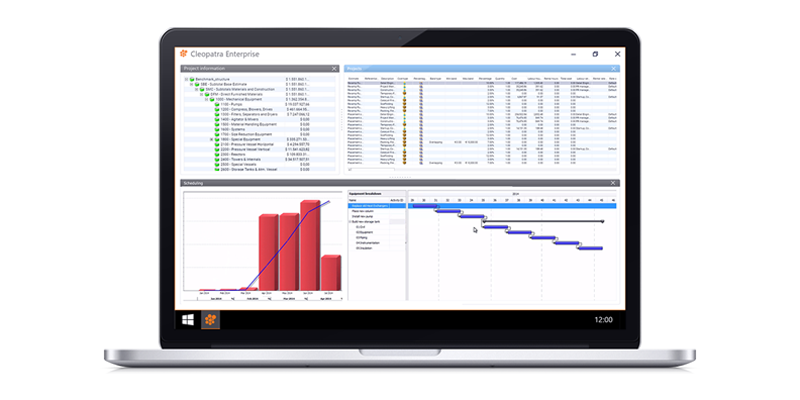During shutdowns and turnarounds, plants are out of production. Therefore, all work has to be executed in the shortest time possible to get them up and running again. This makes turnarounds complex projects, where lots of labor is involved in just short amounts of time, bringing significant (financial) risks.
Work package management has a vital role in making sure that all turnaround jobs are prepared for a safe and efficient execution within the required timeframe and budget.
A work planner will visit the site and make up the requirements for each job, like scaffolding, lighting, and other special needs. Information is gathered in work packages, containing a list of activities and required tools and materials needed to complete each job. To complete the package, relevant drawings, safety instructions, and photos are added, which ensures that the workers are well prepared.
When all the jobs are entirely planned, they will be included in a schedule. This schedule ensures the sequential nature of some of the jobs, the resource limitations and other schedule restraints. When capital work is completed during a turnaround, it must be fully integrated with turnaround work and planned using the same kind of work packages.
Common plant turnaround challenges
The shutdown and turnaround planning process is strongly dependent on the chosen TA management software tools, the capacity of the turnaround team, the available time and the complexity of the turnaround.
Organizations tend to rely on their in-house resources, whose primary focus is day-to-day operations and maintenance, to manage and control turnarounds. This is often handled by relying on experience, contractor support, daily business and methods designed to execute routine maintenance and fixing outages as they occur.
In some cases, standard spreadsheets and maintenance systems have been relatively useful to prepare for the execution of turnarounds, however many have failed to prepare adequately. Organizations that do have dedicated in-house or contract turnaround teams still rely heavily on experience and people often starting too late to perform the hundreds of necessary tasks to prepare for the execution of their turnarounds, leaving little room for improvement.
Improving turnaround efficiency
During a turnaround, the average hands-on tool time is well below 50%. By starting planning on time, well-defined work packages can be made available, and the turnaround schedule can be optimized.
This will ensure, higher efficiency and fewer workers, which translates to lower cost and lower risk. For every resource you employ, you increase the impact on cost, congestion and safety.
From experience, about 80% of the scope is known and can be planned for. The remaining scope cannot be planned and will pop up during execution. For example, cracks inside a vessel not visible from the outside, leading to full replacement instead of merely cleaning.
By planning routine work accurately and on time, the required attention can be given to surprises that could not be prepared for. This can be done with standard job templates and software that enables better access to turnaround cost data and past experience. With a turnaround management software tool like Cleopatra Enterprise, you can achieve standardization that leads to a more consistent breakdown and description of the work. This improves communication and overall turnaround performance during execution. The historical cost data involved also helps you further standardize and consequently prepare work packages in less time.
By planning a turnaround on time, with the number of resources and the right tools, a streamlined execution can be achieved.
Turnaround Work Package Management
Cleopatra Enterprise Software
Improve the efficiency of turnaround work package management with Cleopatra Enterprise. Complete your shutdowns and turnarounds on time and within budget.





